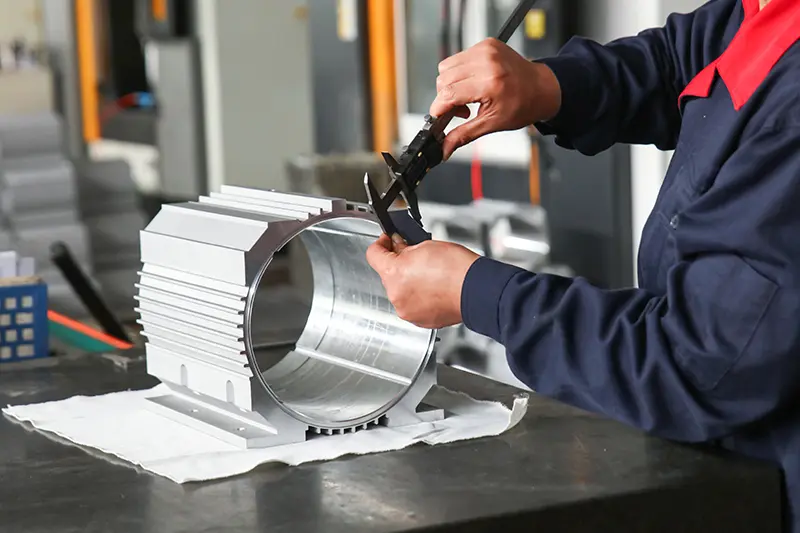Mobile:+86-311-808-126-83
Email:info@ydcastings.com
Understanding the Process of Die Casting and Its Applications in Manufacturing
How Does Die Casting Work?
Die casting is a highly efficient manufacturing process used to create metal parts with precision and intricate details. This technique is predominantly employed in the automotive, aerospace, and electronics industries, where high-quality, complex components are essential. Understanding how die casting works can provide valuable insights into its advantages and applications.
How Does Die Casting Work?
Once the die is ready, molten metal, often an alloy such as aluminum, zinc, or magnesium, is prepared. The metal is heated to its melting point and then injected into the die at high pressure. This step is crucial, as it allows the molten metal to fill the cavity rapidly and eliminates air pockets that could form during the process. There are two primary methods of injection hot chamber and cold chamber die casting. In hot chamber die casting, the injection mechanism is immersed in the molten metal, making it ideal for low-melting-point alloys. Conversely, cold chamber die casting requires the metal to be ladled into the injection chamber, suited for higher melting-point metals.
how does die casting work

As the molten metal fills the die, it cools and solidifies quickly, typically within a few seconds. Once the metal has hardened, the die is opened, and the newly formed part is ejected, often using ejector pins that push the component out without damaging it. This rapid cycle time is one of the significant advantages of die casting, allowing for the production of large quantities of parts in a relatively short period.
Die casting offers several benefits, making it a preferred choice for many manufacturers. First, the process yields high-dimensional accuracy and a smooth surface finish, reducing the need for extensive machining or finishing operations. Additionally, the strength and durability of the cast components are often superior to those produced by other methods, such as machining or forging. The ability to create complex shapes and designs is another noteworthy advantage, enabling engineers to innovate and optimize product designs.
Furthermore, die casting is highly cost-effective for mass production. Although the initial investment in the dies can be significant, the cost per part decreases as the volume of production increases. This efficiency is particularly advantageous for industries that require high-volume production runs.
In conclusion, die casting is an essential manufacturing process characterized by its speed, efficiency, and ability to produce intricate metal components with precision. With applications spanning various industries, from automotive to consumer electronics, understanding the die casting process is crucial for engineers and manufacturers aiming to produce high-quality products in today’s competitive market. By harnessing the benefits of this technique, companies can enhance their production capabilities and drive innovation in their designs.
-
Impeller Technology That Powers Precision in Pump SystemsNewsMay.22,2025
-
Valve Durability Begins with Quality Cast Iron ComponentsNewsMay.22,2025
-
Performance Cooling with Advanced Automobile Water Pump SolutionsNewsMay.22,2025
-
How Motor Housing and Oil Pans Shape Engine PerformanceNewsMay.22,2025
-
How Metal Castings Drive Modern Manufacturing EfficiencyNewsMay.22,2025
-
Exploring the Engineering Behind Valve Body CastingsNewsMay.22,2025











